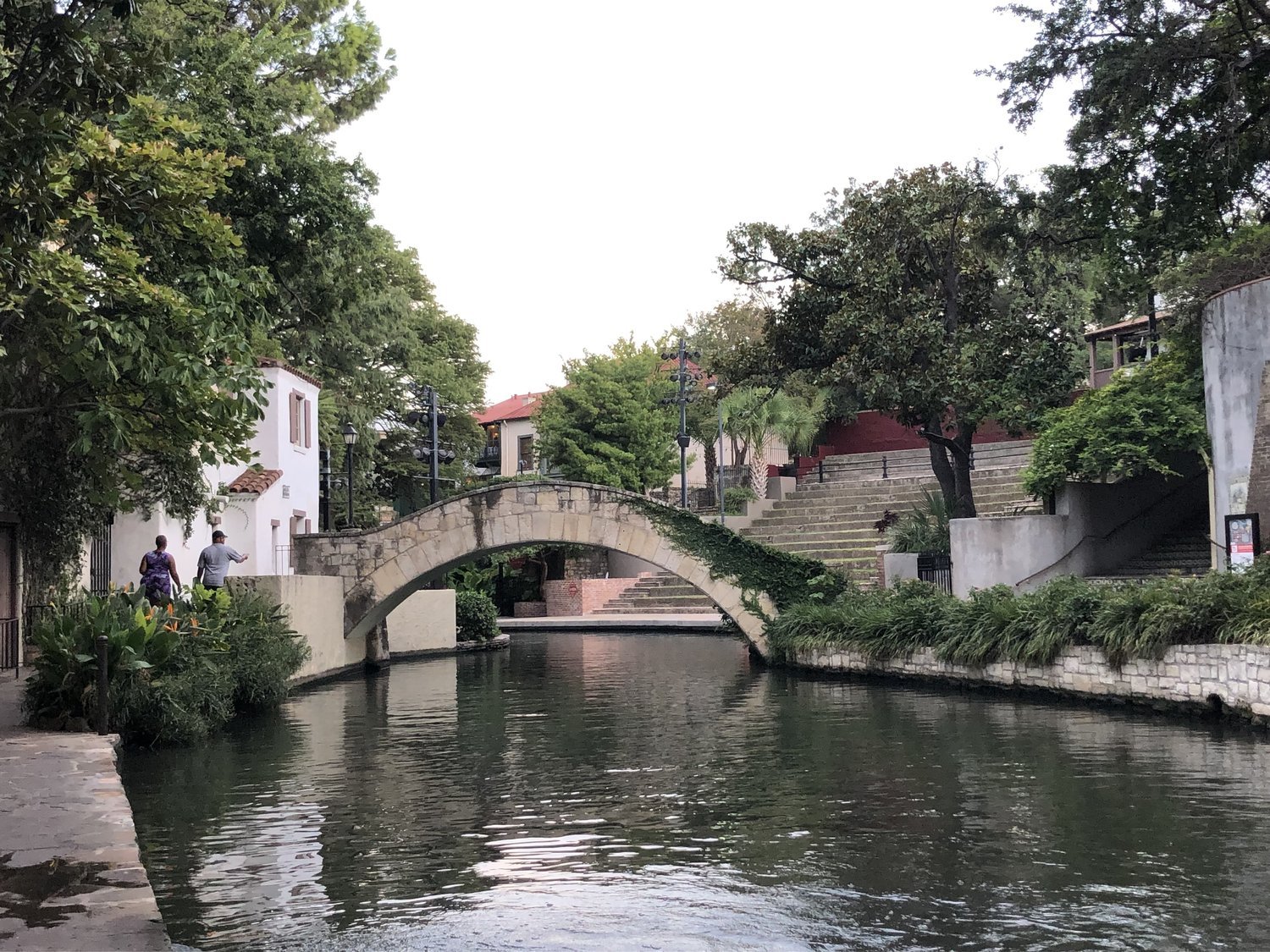Staying Adventist After San Antonio
By David Hamstra
San Antonio, Texas is the site of some of my best and worst memories as a Seventh-day Adventist pastor. At General Conference Session 2015, I immersed myself in the business sessions that so much of the church only cared about when two sides were set up to talk past each other about how to respond when God calls women to the gospel ministry and then attempted to settle their power struggle on the basis of power. But I also had wonderful meetings and reunions with Seventh-day Adventists from around the world that gave me hope for the grassroots of our world church.
It was a profoundly disorienting experience, but one that I did not have time to process as I immediately transitioned to full-time doctoral study at Andrews University. It wasn't until I returned to San Antonio in 2016 for the meetings of the alphabet soup of theological societies (ETS/ATS/SBL/AAR, etc.) that I started to get a handle on what had happened to me.
It so happened that a chaplain colleague who was attending the symposia with me strongly recommended that I attend a session on "moral injury." In moral injury theory, a "moral injury is the damage done to one’s conscience or moral compass when that person perpetrates, witnesses, or fails to prevent acts that transgress one’s own moral beliefs, values, or ethical codes of conduct." This happens because we feel responsible for the misdeeds of those we strongly identify with. I realized that this is what happened to me in the same city the previous year.
As I walked the same paths in and around the same conference center and hotels, I wondered how I could remain a part of the same church as those who interpret their Adventism very differently than I do. I think the internet has collapsed the distance that used to allow us to identify with Adventism as a world family without having to identify with all the different ways that Adventists of different backgrounds practice (or fail to practice) their faith. It has also created venues in which Adventists perform and polarize those identities in front of each other. Inevitably, we discover beliefs and practices among our fellow Adventists that we judge abhorrent, and this creates what I think of as a mild moral injury (relative to those received in war).
Having a name for the experience was healing in and of itself, but I realized that for my spiritual well-being I needed to clarify where I stood morally with my church. I went through a process of clarifying what I could and could not tolerate in Adventism's big tent including under what conditions I would speak out and under what conditions I would leave. That also includes making peace with what I would have to tolerate in the denomination, because if I demand a church that fully reflects my identity and aligns with my sense of morality, well, that would leave me with a very small church. I also became more intentional about protecting other Adventists from the effects of this identity polarization through my teaching and example.
The feeling that I have been making a difference in that regard was crucial to my moral recovery as an Adventist pastor from the 2015 General Conference. But that also meant letting go of an expectation that to make a difference I must influence some vast change in the church (not that I necessarily won't) in favor of appreciating how God blesses my efforts with people in a local church and one-on-one (i.e., think global; act local).
Maybe your coming to terms will look different, but an encounter with moral injury theory can help us conceptualize how to journey through the differences that threaten to divide us as a church.
David Hamstra pastors the Edmonton Central Seventh-day Adventist Church in Edmonton, Alberta.

